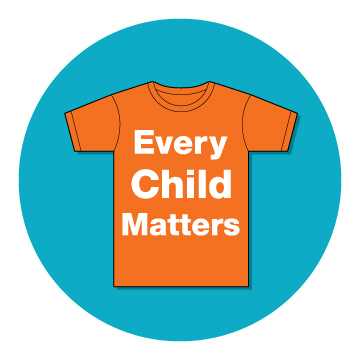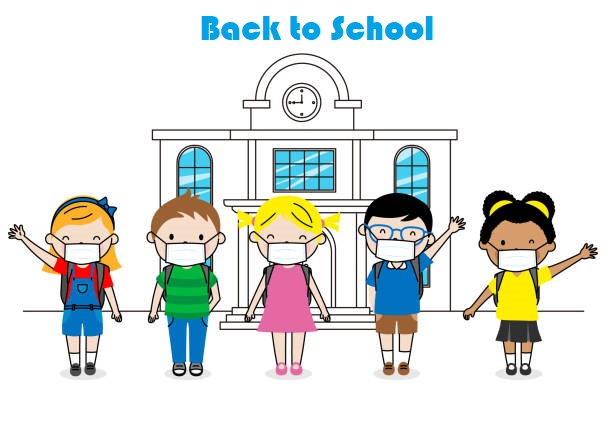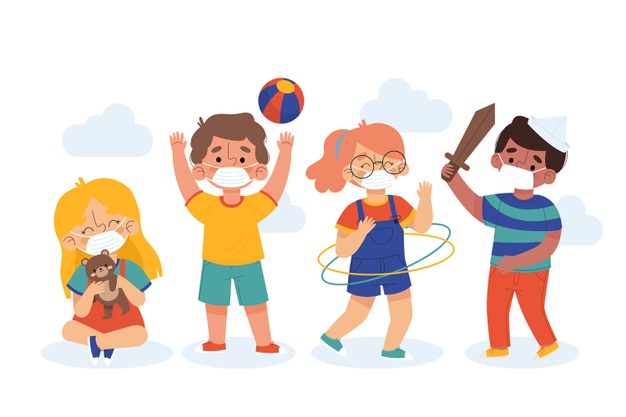
Orange Shirt Day is a day that we honor and remember the Indigenous children who were taken from their families and sent to residential schools across Canada.
Why do we wear an orange shirt on September 30th?
Phyllis Webstad was given an orange shirt by her grandmother before she was sent to a residential school. When she got to the school, they took her clothes and belongings, including her beautiful new orange shirt. She never got it back. When this happened to her, she felt as though “my feelings didn’t matter, how no one cared and I felt like I was worth nothing.”
For more information, please watch Phyllis’ story here.
Your child may be learning about this and participating in special activities related to this day at school. Here are some ways you can further the conversation with your child at home. It is a great time to target some language goals too!
- Read books that talk about the first day of school: Jessica by Kevin Henkes, Scaredy Squirrel by Melanie Watt or The Kissing Hand by Audrey Penn.
- Talk about feelings: You and your child can take turns to talk about your feelings about your first day of school. Brainstorm feelings words about how children would feel to be at residential schools (e.g. scared, angry) and then how they should feel (e.g. safe, happy, respected) instead.
- Retell Phyllis’ story: Read or watch Phyllis’s story and retell the story in order using words such as first, next, then, later, in the end.
For more child friendly resources and information, check out these websites:
https://www.cbc.ca/kidscbc2/the-feed/what-is-orange-shirt-day
https://www.orangeshirtday.org
Also check out these children’s books by Indigenous authors: Some great books are featured right here on CBC Kids!

